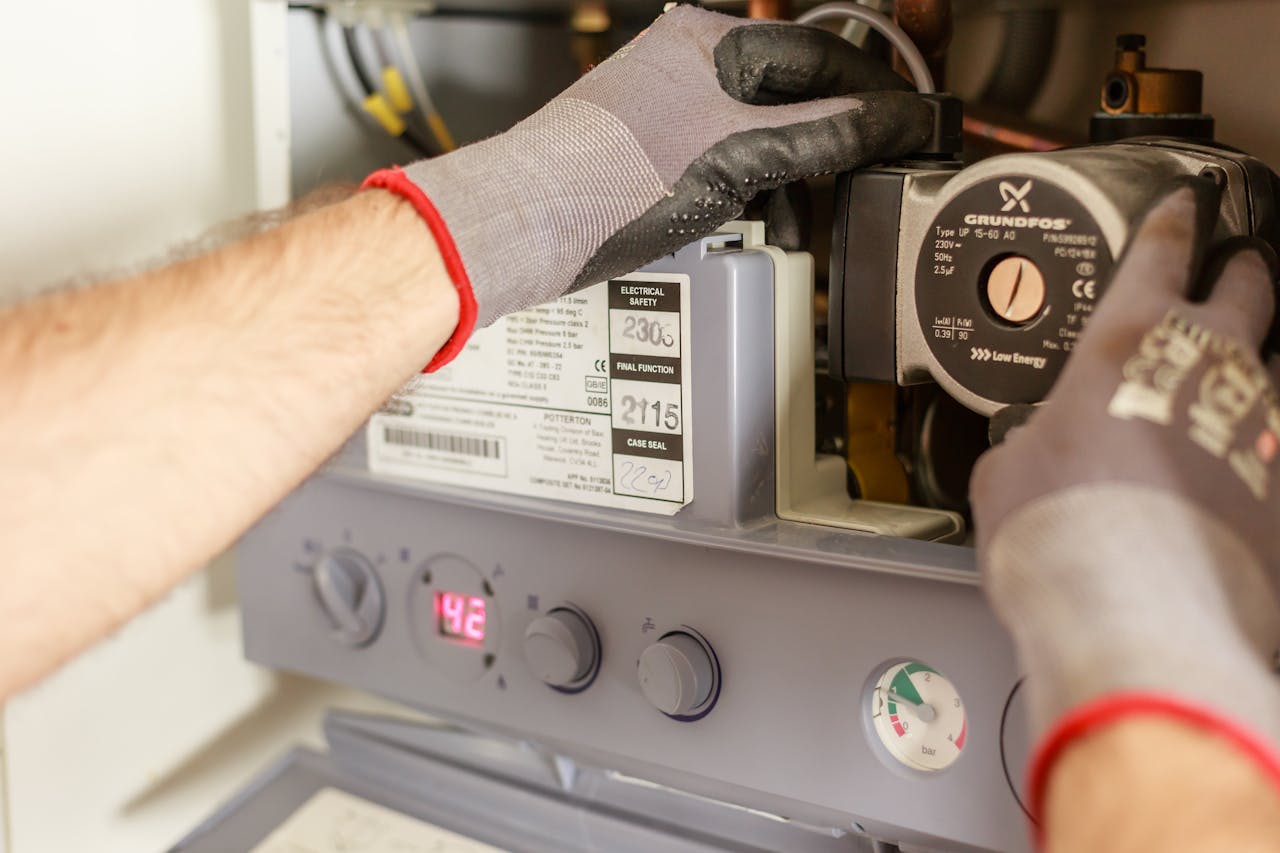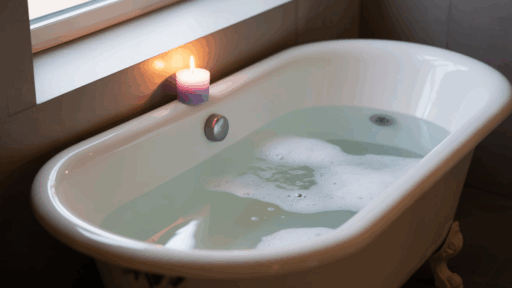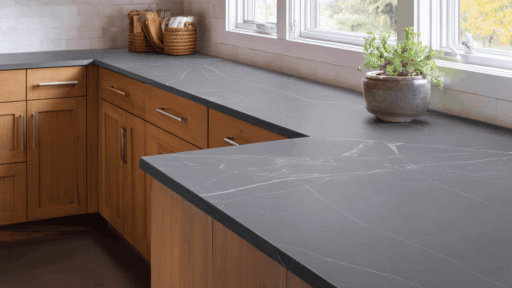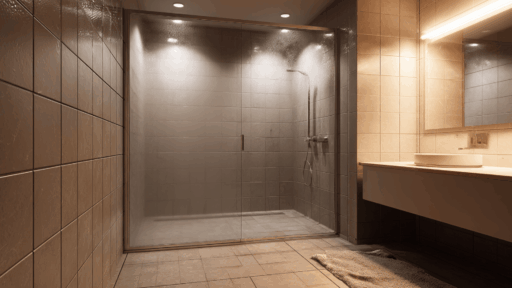A gas furnace pilot light that keeps going out is often caused by common issues like a dirty pilot tube, a faulty thermocouple, or improper airflow. These problems prevent the pilot light from staying lit, which stops the furnace from heating properly.
Understanding why the pilot light goes out helps homeowners avoid cold nights and costly repairs. It usually signals that a component needs cleaning, adjustment, or replacement.
A gas furnace pilot light may keep going out due to drafts, dirt buildup, or faulty components. Environmental factors like strong winds or open windows can blow out the flame. Maintenance issues include a dirty or clogged pilot tube, a weak thermocouple, or a malfunctioning gas valve. By identifying the root cause, a furnace can be safely maintained and restored to reliable operation.
Common Causes of Furnace Pilot Light Failure
Several specific mechanical issues can cause a furnace pilot light to go out unexpectedly. These problems often involve components related to gas flow and ignition safety, requiring attention to maintain consistent operation.
Dirty or Clogged Pilot Orifice
The pilot orifice is a small opening that releases gas to the pilot light. Over time, it can become clogged with dust, soot, or debris, reducing gas flow.
When this happens, the flame may weaken or extinguish because there isn’t enough fuel. Cleaning the orifice involves shutting off the gas, removing the pilot assembly, and carefully clearing the blockage with compressed air or a fine wire.
Eastern Shore Air Conditioning Service Company recommends professional cleaning if the homeowner is unsure, as improper handling can cause damage or gas leaks.
Thermocouple Malfunctions
The thermocouple is a safety device that senses whether the pilot light is lit. If the pilot flame heats the thermocouple properly, it signals the gas valve to stay open.
A defective or misaligned thermocouple fails to detect heat and causes the gas valve to close, extinguishing the pilot light. Signs include the light going out shortly after ignition or inconsistent flame behavior.
Replacing or repositioning the thermocouple is a common fix. Technicians from Eastern Shore Air Conditioning Service Company advise checking for corrosion or wear when troubleshooting this part.
Faulty Gas Valve
The gas valve controls fuel flow to the pilot and main burner. If it malfunctions, it may shut off gas supply even when the pilot light should be on.
Common issues include valve sticking, internal damage, or electrical failure in systems with automatic ignition. This results in no gas reaching the pilot or an interrupted flame.
A trained technician must inspect the valve, test its function, and replace it if necessary. Eastern Shore Air Conditioning Service Company stresses the importance of addressing gas valve problems promptly to avoid safety risks.
Environmental and Maintenance Factors
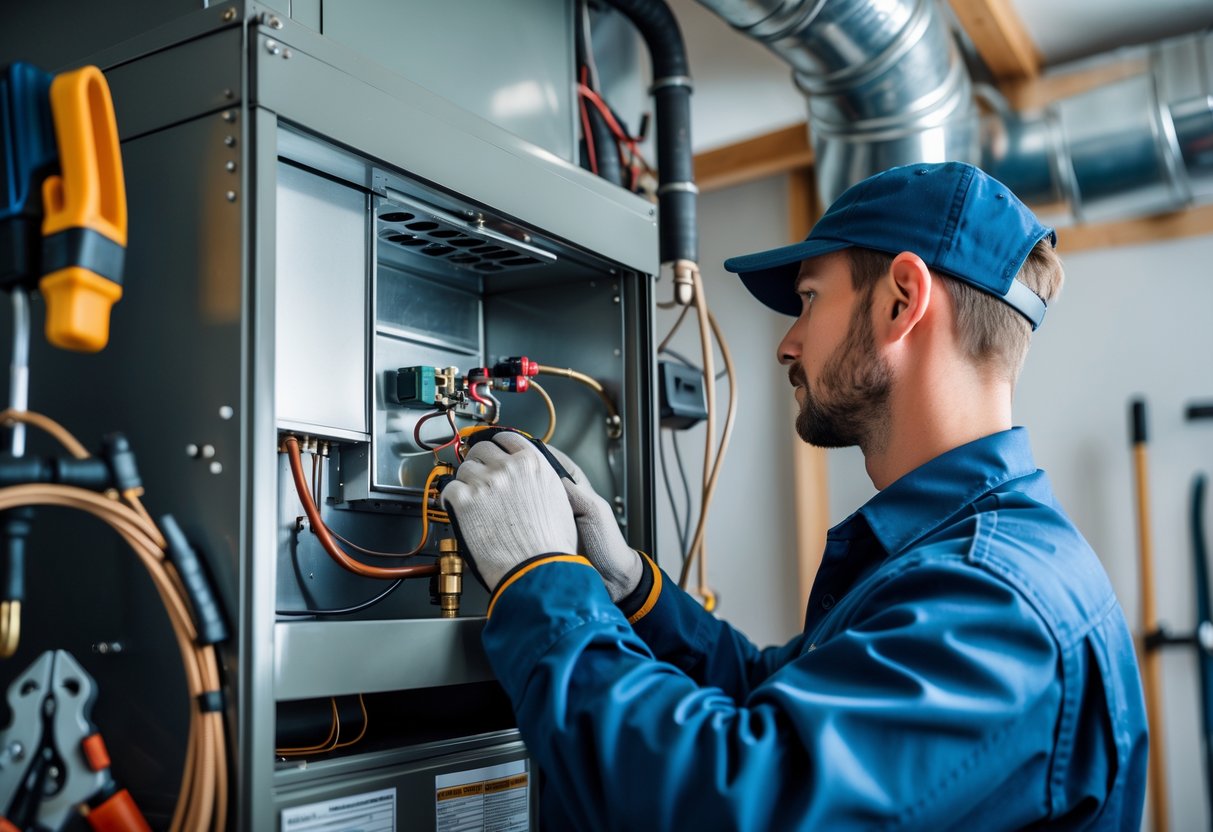
Several environmental and upkeep issues can cause a furnace pilot light to go out frequently. These factors often involve changes in airflow and the condition of furnace components.
Drafts and Airflow Disruptions
Drafts from open windows, doors, or poorly sealed vents can blow out a pilot light easily. Air currents interfere with the small, steady flame needed to keep the pilot lit.
Blocked or dirty air filters restrict airflow, causing uneven gas combustion and flame instability. Nearby exhaust fans or ventilation systems may also create negative pressure that affects the pilot light.
To prevent issues, ensure the area around the furnace is draft-free and the duct system is properly sealed. Regularly check air filters and replace them according to manufacturer guidelines to maintain balanced airflow.
Improper Furnace Maintenance
Neglecting routine maintenance can lead to buildup on the thermocouple, pilot orifice, or burner assembly. Dirt, soot, or corrosion impairs gas flow and pilot flame strength, increasing the likelihood the light will go out.
Faulty thermocouples caused by age or damage fail to detect the pilot flame, shutting off gas supply as a safety measure. Regular inspection and cleaning of these parts help maintain a stable pilot light.
Scheduling annual professional furnace tune-ups ensures components are examined, cleaned, and repaired as needed to avoid pilot light failure due to maintenance issues.
How to Diagnose and Fix Pilot Light Issues
Identifying why a gas furnace pilot light keeps going out involves checking specific furnace parts and recognizing when professional help is necessary. Proper inspection can usually reveal common faults without unnecessary repair costs.
Inspecting Furnace Components
To diagnose, check if the pilot flame is steady and blue; a yellow or flickering flame indicates dirt or gas issues. Inspect the thermocouple for wear and ensure no drafts affect the flame. Fix by cleaning the pilot assembly, replacing the thermocouple if faulty, and sealing drafts to maintain a stable flame.
The first step is to inspect the thermocouple, a small sensor that detects the pilot flame. If dirty or damaged, it may not signal the gas valve to stay open, causing the pilot light to extinguish. Cleaning the thermocouple gently with steel wool or fine sandpaper can improve flame detection.
Next, examine the pilot orifice for blockages. Dust and debris can clog it, resulting in a weak flame that can blow out easily. Use compressed air to clear any obstructions.
The gas valve should also be checked. If it fails to open fully or closes prematurely, the pilot light won’t stay lit. Testing the valve with a multimeter verifies if it is functioning correctly.
When to Call a Professional Technician
When basic checks don’t resolve the issue, contacting a technician from Eastern Shore Air Conditioning Service Company is advisable. Persistent pilot light failures often stem from gas supply issues or faulty internal components requiring specialized tools.
Additionally, if there is a strong smell of gas, the furnace should be shut off immediately, and professional service must be sought. Handling gas-related problems without training can be dangerous.
Eastern Shore Air Conditioning helps fix pilot light issues caused by drafts, dirty components, faulty thermocouples, and gas supply problems. Technicians can perform a complete furnace safety inspection, relight the pilot light safely, and replace malfunctioning parts while adhering to local codes. This prevents further damage and ensures efficient furnace operation.


